So just imagine my delight when my darling wife got me the 1970 and '71 New York Art Directors Annuals last Christmas. Woohoo! I was thrilled!
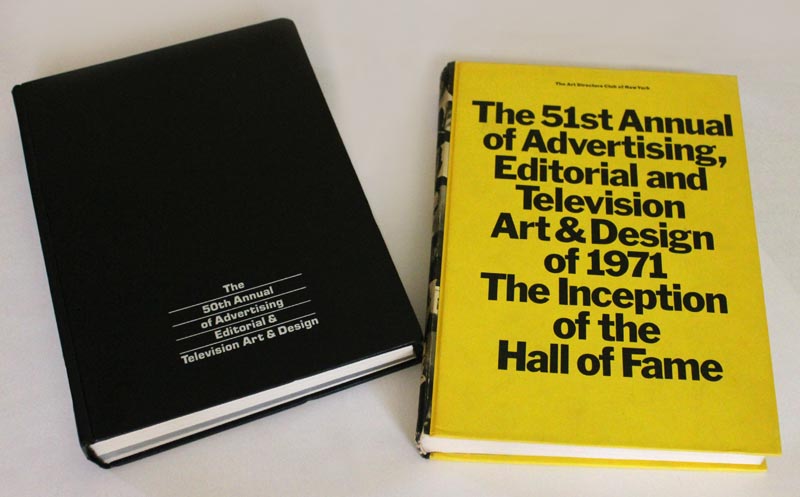
These two books were quite a revelation. For one thing, they are entirely devoid of anything remotely resembling traditional narrative illustration.
Among all the hundreds and hundreds of pages of "the best in advertising and editorial art and design" in 1970 and '71 there is not even a hint of Bernie Fuchs or Bob Peak or any other illustrators who dominated the commercial art business during the '50s and '60s.
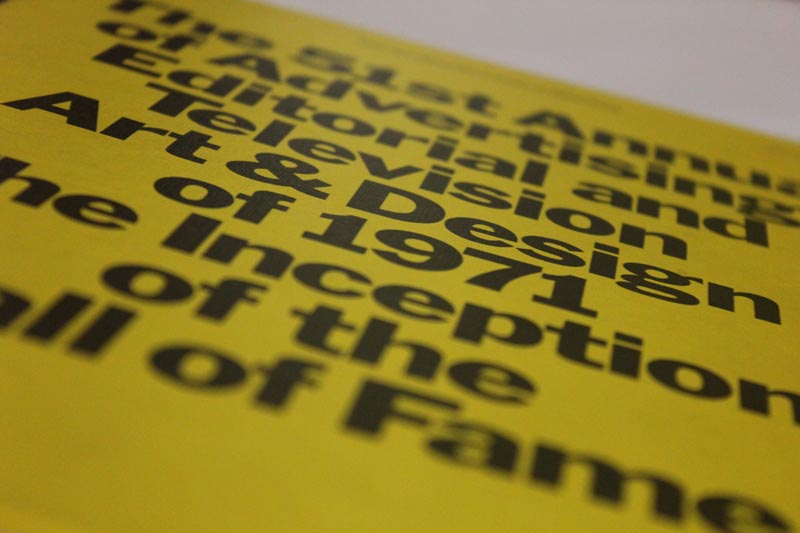
What happened? Where did all the celebrated illustrators of the mid-century - the Al Parkers, the Joe Bowlers - go?
(Hint: the men below had something to do with it)
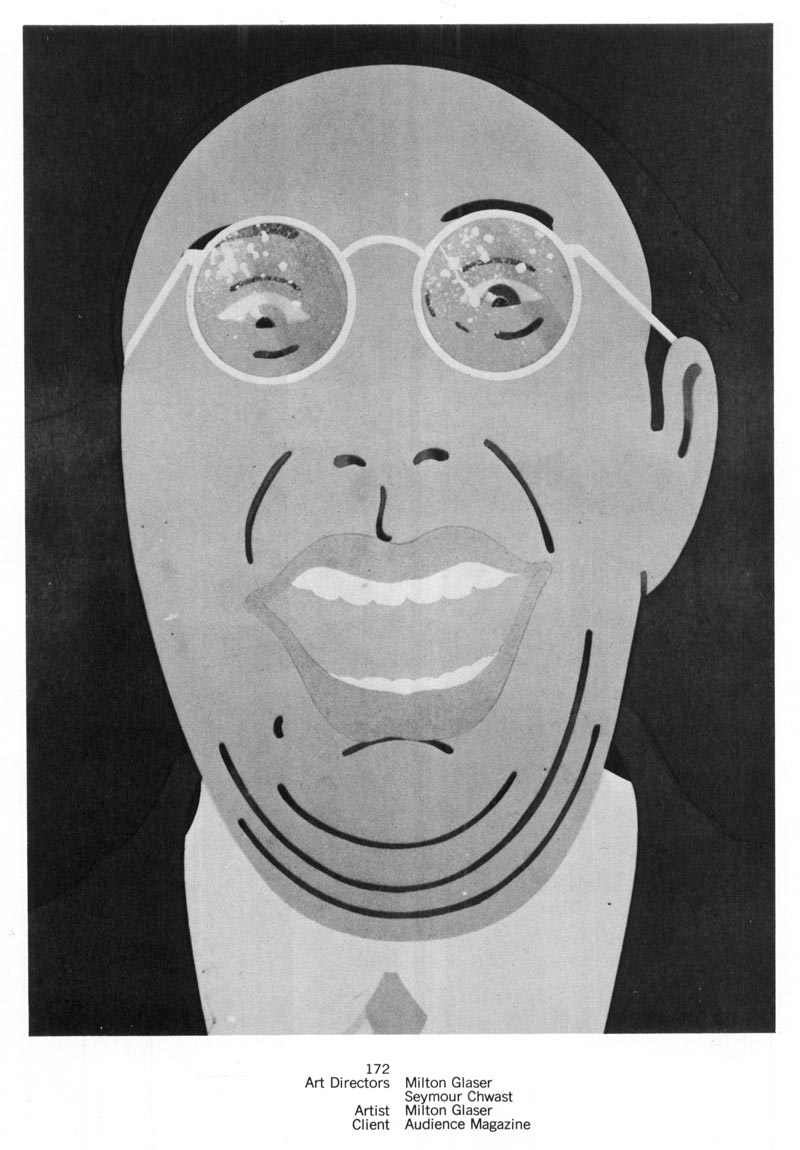
I needed someone really knowledgeable about the history of illustration to explain it to me, so I called my friend, Murray Tinkelman. After all, Murray was on the front lines as it all unfolded.

And for over thirty years now he's been teaching it at the university level.
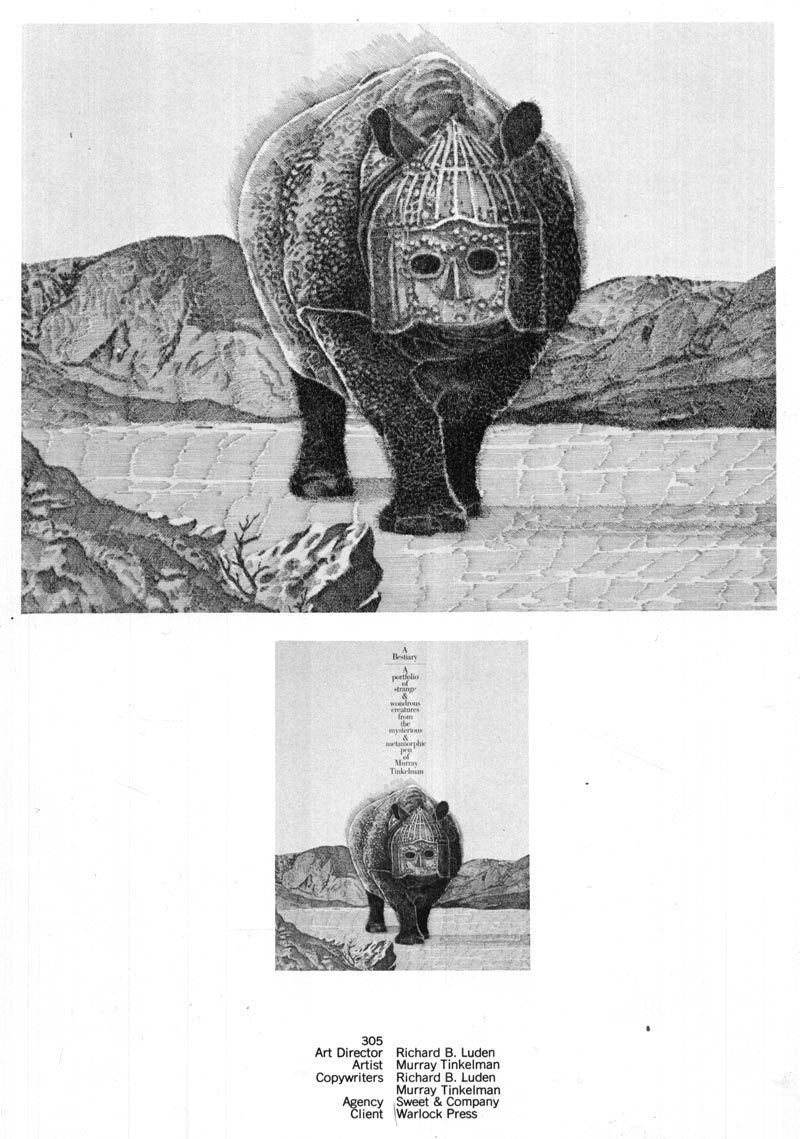
(Interesting aside: of all the esteemed artists who once worked at New York's mighty Cooper Studio back in the '50s and early '60s, Murray is the only one whose work made it into the 1971 AD Annual -- both the pieces above were included.)
So based on my observation flipping through these two volumes, the kind of work showcased in the 1970 and '71 NYAD annuals can broadly fit into one of three categories:
type-only designs...

... designs utilizing photography...

... and designs either by - or influenced by - Pushpin Studios.
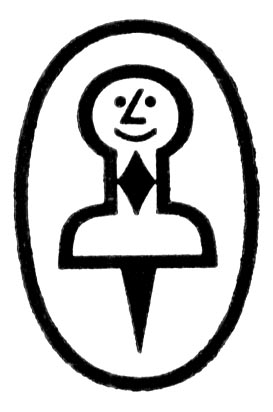
When I posed this observation to Murray he said, "You're right - but they weren't the only ones."
"There were a bunch designer/art director/illustrators and that was all happening around the late '50s and early '60s - and that went well into the 1970s - but Pushpin was the "big dog."
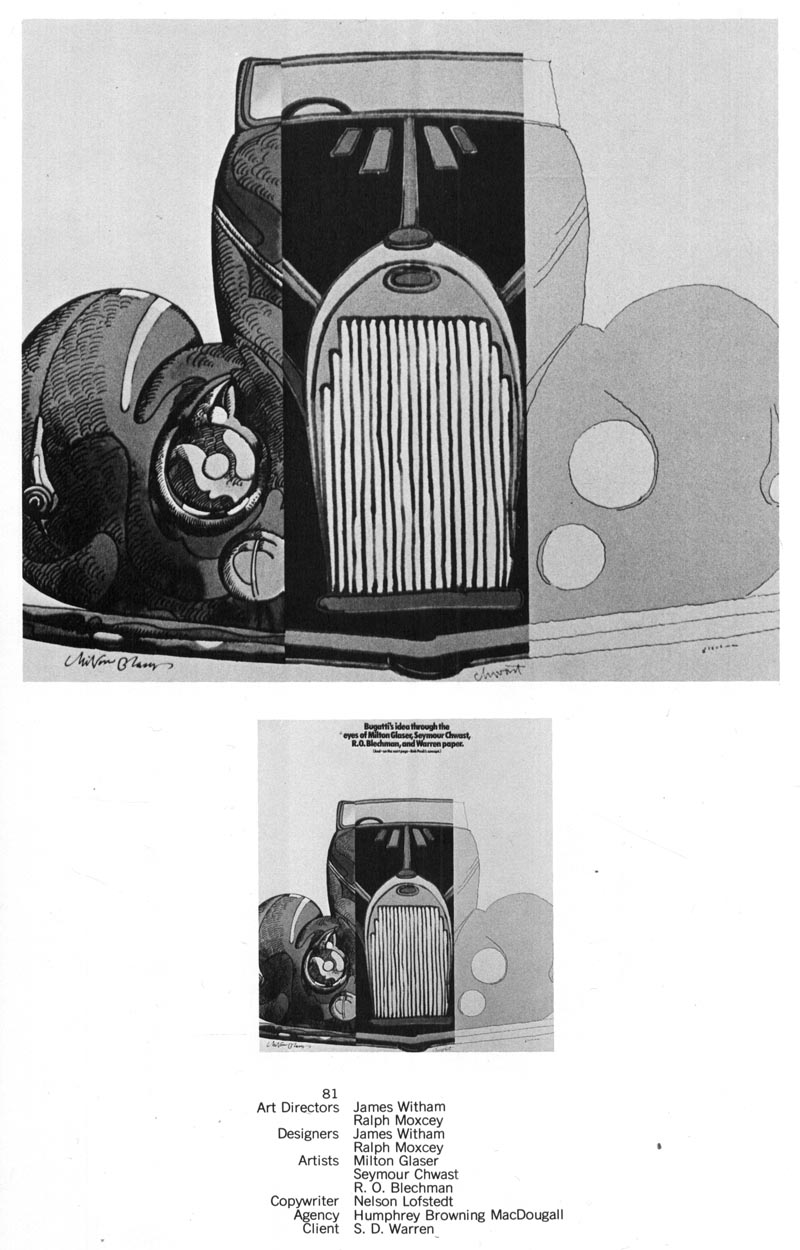
Murray continued, "They started in the early '50s with four or five guys; Milton Glaser, Edward Sorel, Seymour Chwast and Reynold Ruffins.
(Below, photo from American Artist magazine, 1958)
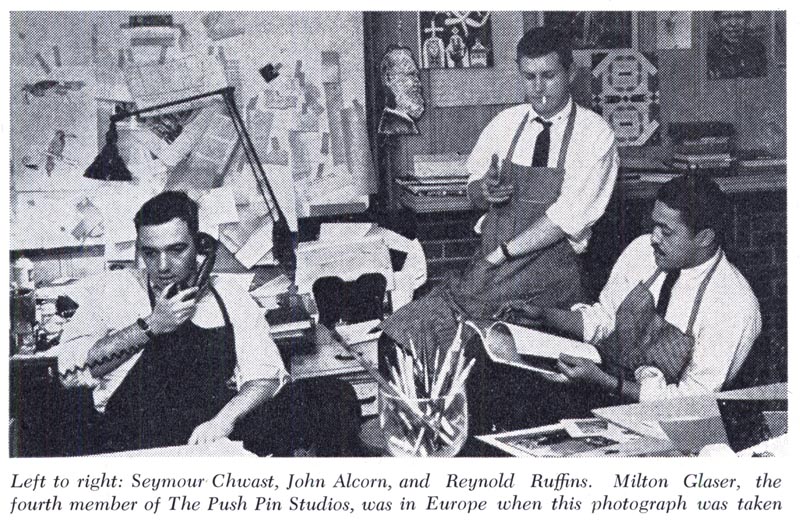
"Then, through the years, they took on other people of a like mind: Isodore Seltzer, Barry Zaid and John Alcorn, for instance."
(Below, photo from the 1969 Pushpin Studios Exhibit booklet)

"In many ways," said Murray, "I liked John Alcorn best. The piece he did for Eve Cigarettes?"

"Wow, what a great, great piece that was."
(Below, John Alcorn, New York Art Directors Annual, 1970)
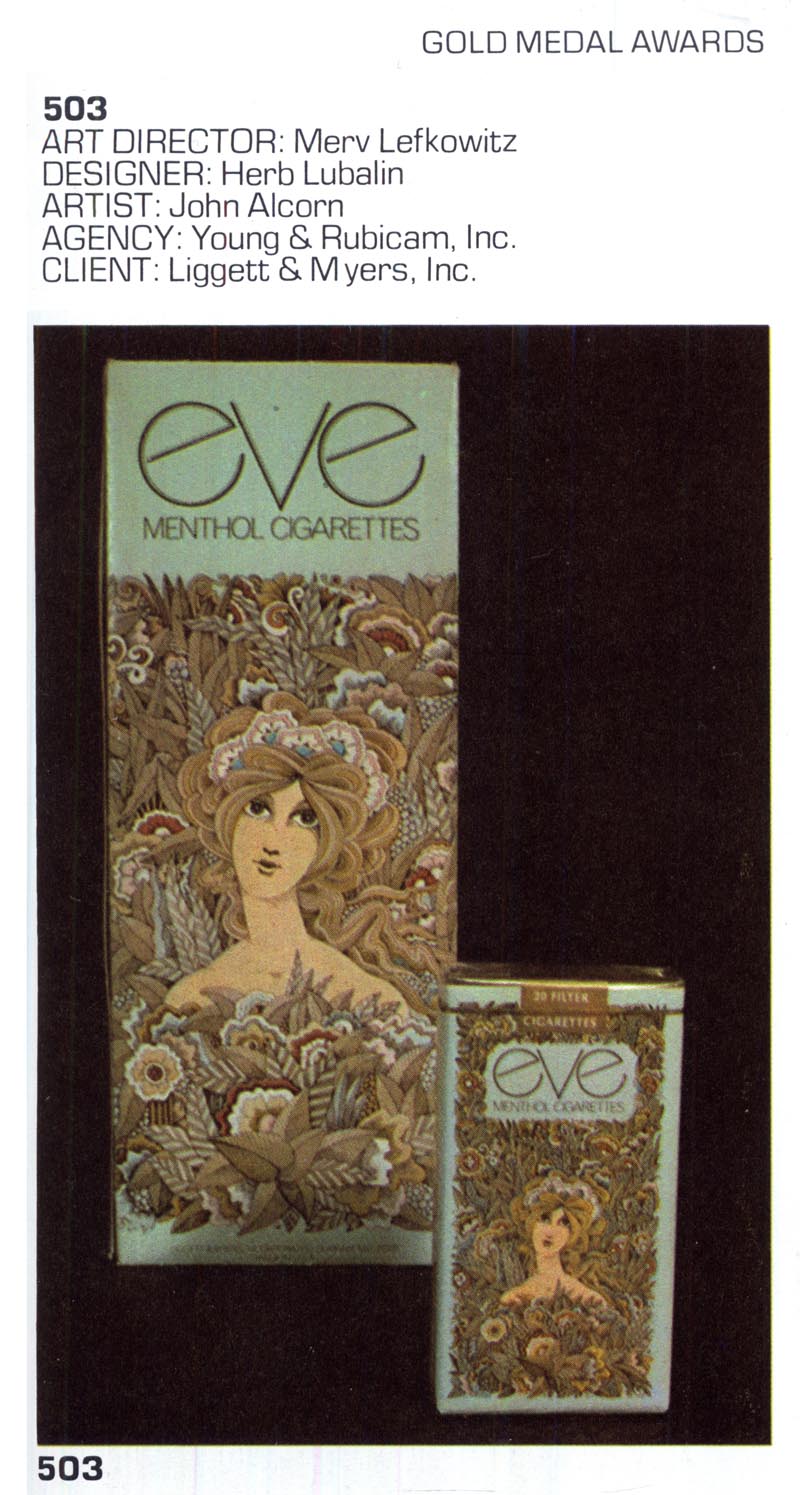
"I don't know how influential Alcorn was on other people, but he was terribly influential on me.
(Below, John Alcorn, publication and date unknown)
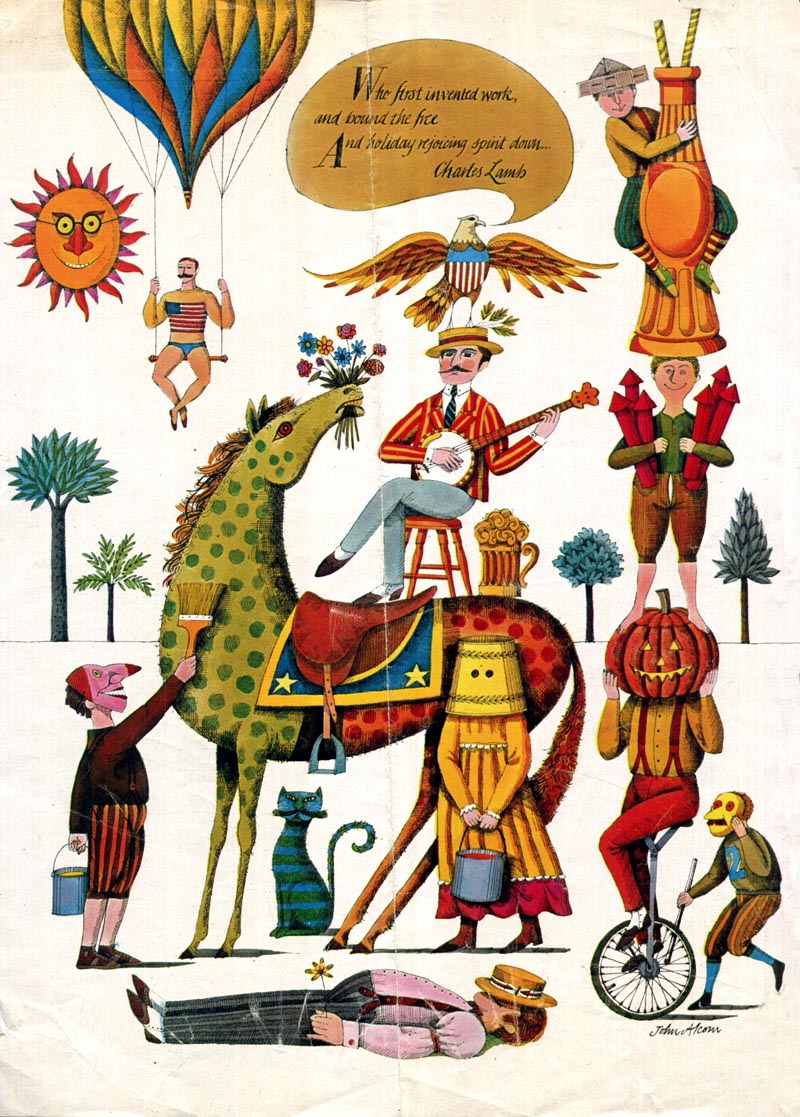
"There was a spread he did one Christmas for McCall's that was a series of panels that was one of the greatest pieces of decorative illustration I've ever seen."
(Below, John Alcorn DPS from McCall's, December 1962)
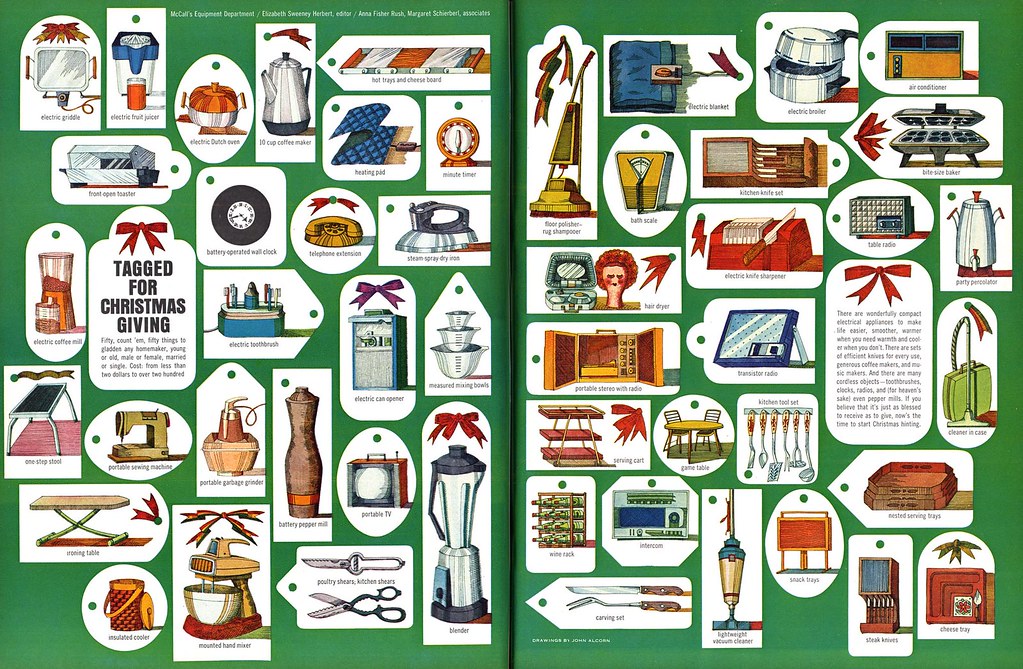
Trying to get at the roots of the early '70s look - the flat, graphic style, the bright colours, the simplification of shape and a certain undeniable 'cartooniness', a tip of the hat to Art Deco and Art Nouveau... all of this and more... I asked Murray to enlighten me further.
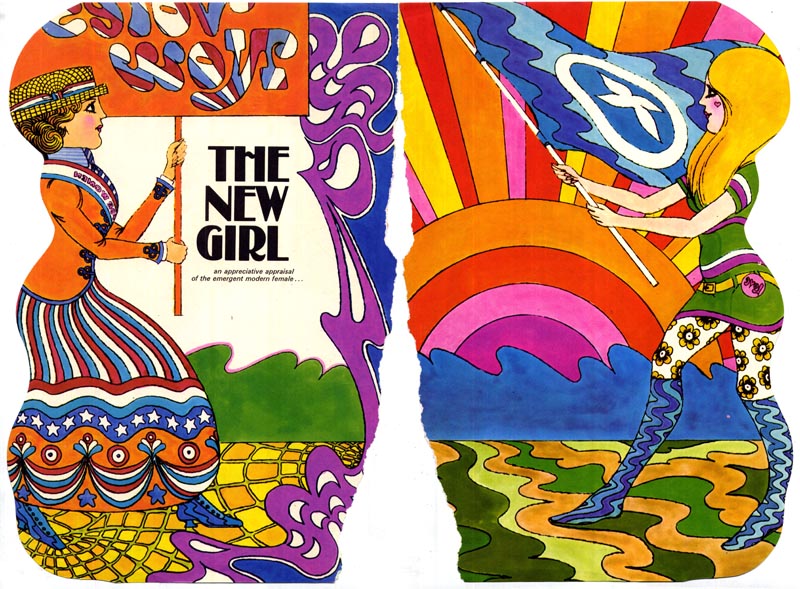
"That was Pushpin," he stated matter-of-factly. "Pushpin used the whole history of graphic design as a palette. One day they'd be Victorian and the next day they'd be Art Deco and then Art Nouveau... and they absorbed all of these "isms" - all of these design styles - into their own lexicon."
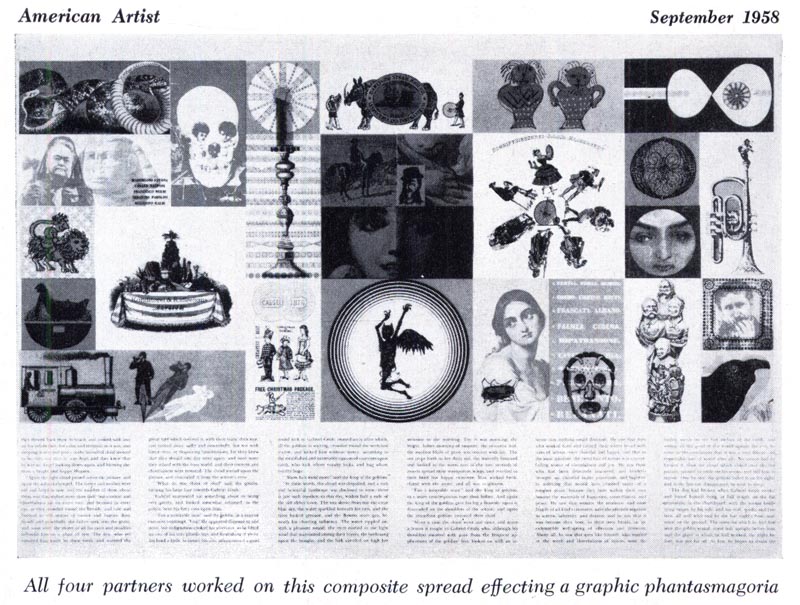
But what about these other designer/art director/illustrators who also helped shape the changing 1970s graphic arts landscape?
I asked Murray for his thoughts on Peter Max; about how responsible Max was for steering the "Pop Art" trend that seems to have overwhelmed illustration in the late '60s.
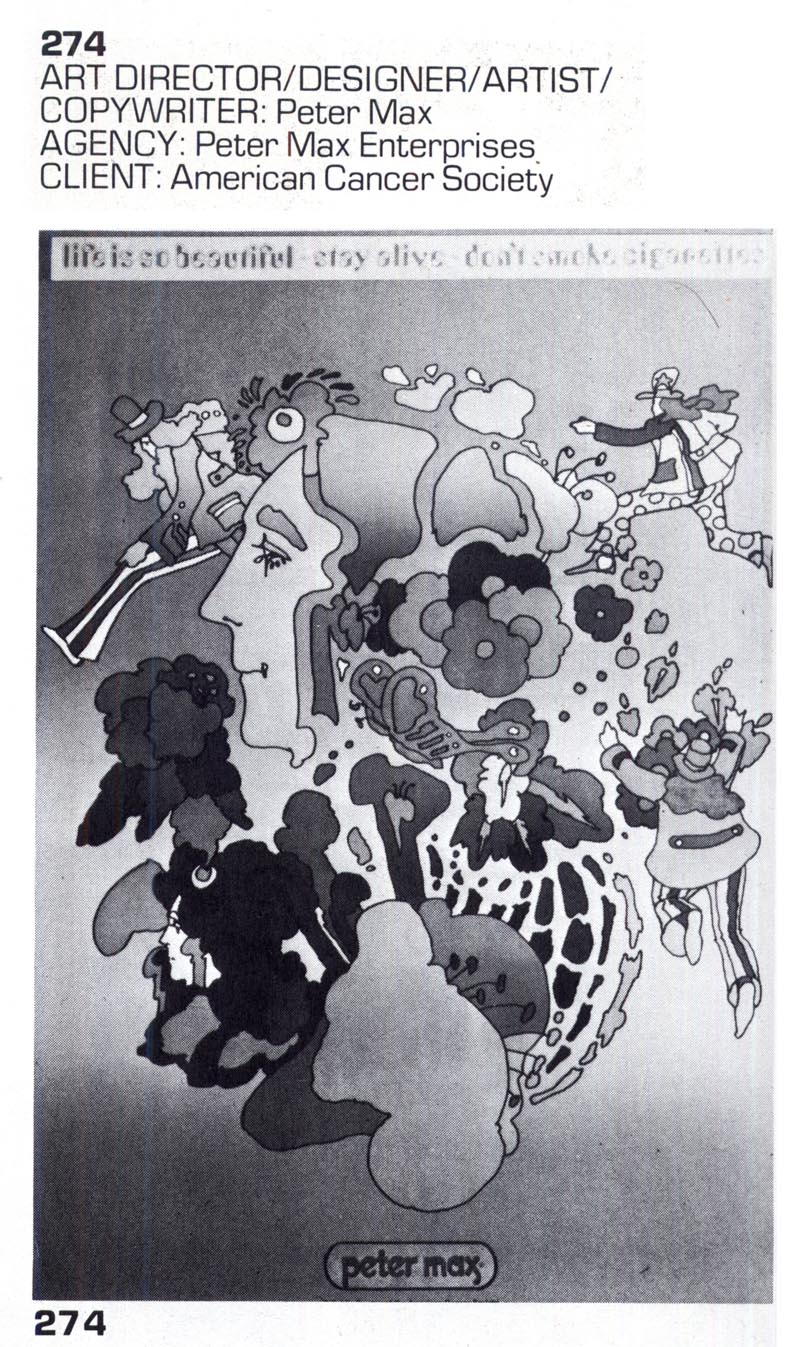
He replied, "Peter Max was a huge player. I have to blush when I say it now, because I show his work when I talk about the 1960s. I loved his stuff in the 1960s. He was the most ubiquitous image maker of the period.
(Below, Peter Max Life magazine cover, 1969)

Murray quipped, "His work was on everything but toilet paper."
Continued tomorrow
* Murray Tinkelman has won Gold Medals from The Society of Illustrators, The New York Art Directors Club and The Society of Publication Designers. He has over 200 Awards of Merit from The Society of Illustrators. Murray is the director of Hartford Art School’s limited-residency Master of Fine Arts in Illustration program.
Looks like it's going to be another fantastic week at TI, Leif. Murray is a goldmine of information. I think it's worth noting that many of the award winning artists of the 60's (Fuchs, Peak, etc.) did continue on in the annuals for the Society of Illustrators, but the NY Art Directors annuals, and more pointedly the American Illustration annuals, made a conscious choice to switch the spotlight to the Push Pin crowd. So it's not as if "the celebrated illustrators of the mid-century" evaporated-- they just continued to exist in a parallel world.
ReplyDeleteAs Steve Heller wrote about the American Illustration annuals: "American Illustration began 30 years ago as an insurrection against the then-conservative Society of Illustrators exhibition and annual publication, which advocated a more stodgy Rockwellian/Saturday Evening Post-ian romantic, representational style (it has since change radically for the better). The founders of American Illustration (including me) sought to celebrate a new wave of expressionistic, art brut, and conceptual approaches surfacing at that time. It became a mission—indeed a crusade—to change the definition of how illustration functioned: from slavishly complementing to independently supplementing an author's words."
It's fun looking at this 70's stuff---John Alcom's work in particular. So many artists were working in this folksy vein back then. Naiad and Walter Einsel especially....
ReplyDeleteI have been fan of Mr. Tinkelman’s work for over forty years. My first exposure to Murray’s art work was at his home in Peekskill N.Y. Circa 1974.
ReplyDeleteI was 10 years old, and I distinctively remember being hypnotically transfixed by it’s coolness, impressive skill, and creativity displayed on his walls. The truth is I was there, because of some delinquent behavior I had been responsible for.
The twenty minutes I was there, was filled with my Mother and the beautiful Mrs Tinkleman firmly scolding me. I don’t believe I heard much of their words. His art captivated me and took my attention away myself and the awkward situation I was in. Mr. Tinkelman beautiful work was clearly one of the early influences that helped Inspire me to become an artist.
http://dcole.prosite.com/
Great post! Ask Murray if he remembers my dad at the Society of Illustrators - Robert J. Lee. I remember loving to go there when I was a little girl and have lunch - everyone made me feel so important and I didn't really realize or appreciate the magnitude of the artists I was meeting. They were just my dad's friends. It's nice to know that some of them are still alive and creating. My mom still has many of the SI annual books.
ReplyDeletePosted on behalf of Bryn Havord: "Once again, you're surpassing yourself. Terrific stuff. As with Fuchs and Peak et al, all these guys had a strong influence here in the UK at the end of the end of the 1960s and early 1970s. Thanks for the memories."
ReplyDeleteI have to say that listening to Murray's stories in the history of illustration class he teaches at Hartford was a total highlight of my MFA experience. Like having a front row seat to the era from one who was smack in the middle of it all. Awesome stuff.
ReplyDeletePush Pin had a profound effect on the San Fransisco poster scene. Portland animator Jim Blashfield did some beautiful work for the Fillmore East and other poster artist were influenced by the psychedelic mix.
ReplyDeleteDidn't Heinz Edelmann work at Push Pin along with Peter Max?
cool cigarettes.
ReplyDeletesitus judi slot
ReplyDeletempo99
Very Nice And Interesting Post, thank you for sharing
ReplyDeleteOwn Inspirational Quotes
Quality Excellence Quotes
Powerful World Quotes
Train Hard Gym Quotes
اقوال ممتازة
Future Oriented Quotes
Gain Independent Quoteslo
Gain Success Quotes
Good Exam Quotes
Belle Famose Citazioni
biogaming. Are you ready for a new journey into the world of the biggest forays of today? Join our Biogaming 789 Casino, the newest system, True Money Wall, True Money Wallet for gamblers. New face That is inconvenient to use the account system, we have created suitable options for you, all day deposit-withdrawal service.
ReplyDeleteDO you know who the author is of the 2 paged illustration featuring The New Girl? thanks!
ReplyDelete